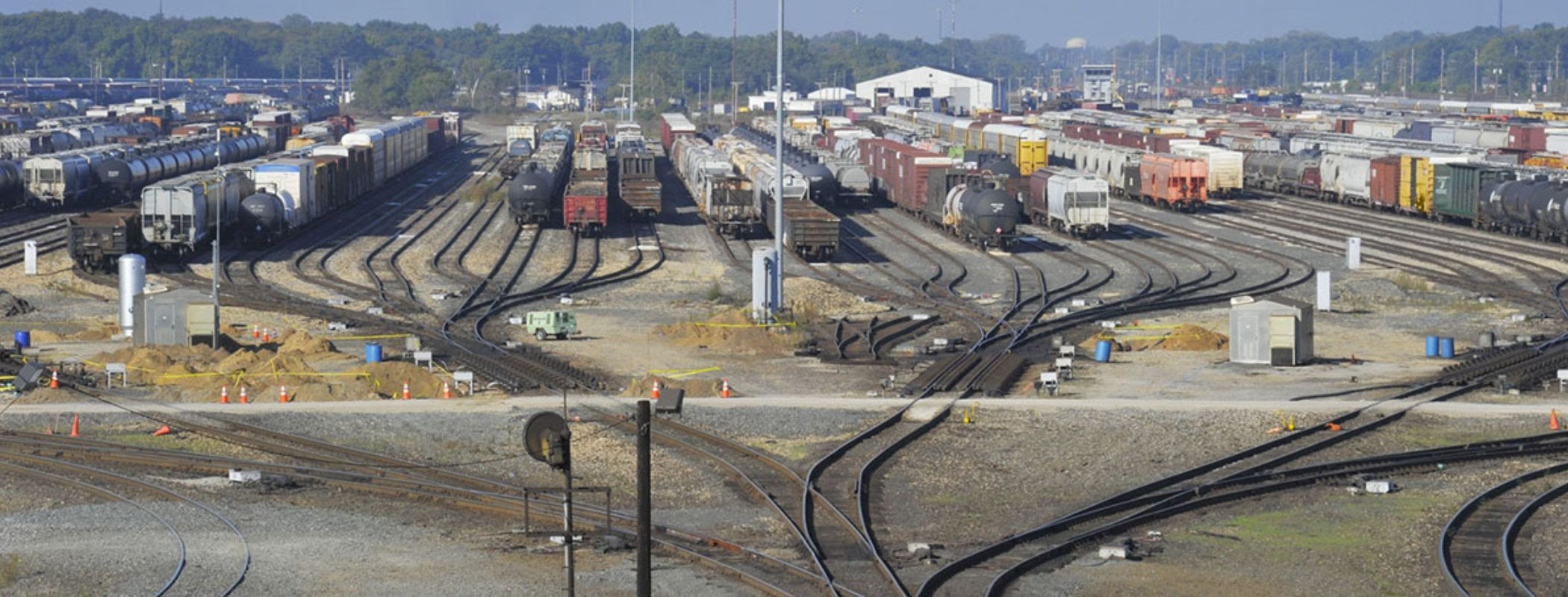🚨 WOOP, WOOP! 🚨– The Signal – 2/28/25

In 2023, railroads contributed $233.4 billion in total economic output, supporting business activity and nearly 750,000 jobs across the economy.
Rail is not just a means of moving goods and people — it is a force multiplier for the U.S. economy. It sustains jobs, reduces business costs, fuels supply chains, facilities trade, and delivers critical public benefits like lower emissions and reduced highway congestion.
As we look toward the future, a strong rail industry is essential to keeping the U.S. competitive, resilient, and vibrant — a pillar in America’s economic success.
A new report from AAR’s Policy & Economics team quantifies rail transportation’s economic impact, examining its contributions to jobs, trade, private investment, and public benefits. Key findings include:
- Rail is a major driver of economic activity, generating $233.4 billion in total economic output in 2023.
- In 2023, Class I railroads reinvested $26.8 billion in modernizing infrastructure, enhancing safety and improving reliability.
- Every $1 spent by rail generates an additional $2.50 in economic activity.
- Every railroad job supports 3.9 additional jobs in industries like manufacturing, logistics, and technology.
- The industry directly employs 153,000 workers, but its total employment impact is far greater — supporting 749,000 jobs nationwide through supply chains and consumer spending.
- Rail workers earn 40% more than the national average, and the industry contributes $14.1 billion in Railroad Retirement benefits annually, reinforcing economic stability.
Keep Freight Rail
Moving Forward
☝ The data above show freight railroads are vital to the economy. Urge Congress to support smart rail policies that drive growth, jobs, and supply chain strength.

Cargo theft threatens the efficiency of America’s supply chain — and without action, it will only get worse.
AAR President & CEO Ian Jefferies recently underscored the stakes:
“While these criminals have targeted nearly every mode, the disruptions to freight rail operations are acutely felt, as incidents can involve damage to rail equipment that forces trains to stop, thereby resulting in costly delays in service that ripple across the interconnected network…Without federal intervention, industry’s vulnerability to theft will continue to escalate, undermining the efficiency of the broader supply chain and costing stakeholders and consumers significantly.”
The Reality:
- Cargo theft has cost freight railroads over $100 million in losses in 2024.
- Criminal networks are targeting high-value shipments like retail products, food, medicine, and electronics.
- Thefts cause not just lost goods, but widespread delays and supply chain disruptions.
Railroads are reinforcing security with increased investments, but stronger federal action is essential. To safeguard the supply chain and curb rising costs for businesses and consumers, railroads are urging swift policy solutions to combat cargo theft effectively.
Freight rail police help protect the rail network.
Speaking of securing the network, did you know freight railroad police are specially trained law enforcement officers responsible for protecting railroad property, infrastructure, cargo, and personnel?
They play a critical role in ensuring the safety and security of the rail network. Here are some key facts:
- Authority: Freight railroad police are sworn law enforcement officers with jurisdiction across state lines under federal law. They have police powers similar to local and state law enforcement but focus on railroad-related crimes.
- Duties: Their responsibilities include preventing and investigating cargo theft, trespassing, vandalism, and threats to critical infrastructure. They also work closely with federal, state, and local agencies on security and counterterrorism efforts.
- Collaboration: Railroad police frequently coordinate with agencies such as the FBI, TSA, and Homeland Security, as well as local law enforcement, to address security threats and criminal activity along rail corridors. They also help secure moves for high security Department of Defense and Department of Energy shipments.
- Technology & Training: Modern railroad police forces use advanced surveillance systems, drones, K-9 units, and cybersecurity measures to protect freight operations. Officers undergo specialized training in railroad safety, emergency response, and hazardous materials handling.
- Grade Crossing & Pedestrian Safety: Railroad police work with Operation Lifesaver to support grade crossing safety, especially during Grade Crossing Safety week.
☝ The video above is an oldie but a goodie! Check it out to learn even more about the history of freight railroad police and how they protect the national rail network.
Innovation Spotlight

Norfolk Southern’s shift in train movements at its Elkhart yard increases performance to 90%.
Handling up to 1,900 cars daily, Norfolk Southern’s Elkhart, Indiana, rail yard is a key network hub. By prioritizing immediate departures over scheduled ones, the team has cut dwell time to 10 hours, improved throughput, and increased agility.
Connection performance has risen from 81% to 90%, adding 160 timely connections daily, reducing congestion and lowering costs per car by 8%. These efficiency gains are now being implemented systemwide to enhance network performance.
INDUSTRY READS
New York Times
Americans Are Expecting Higher Prices. That Could Unnerve the Fed
Freight Waves
New US fees on Chinese ships may drive demand for Canadian intermodal rail
Politico
California watchdog says high-speed rail on track to blow more deadlines
Transport Topics
Lawmakers Take Aim at Permitting Process
Townhall
Free-Market Principles Are Key for Improving Transportation in2025 (Opinion)



